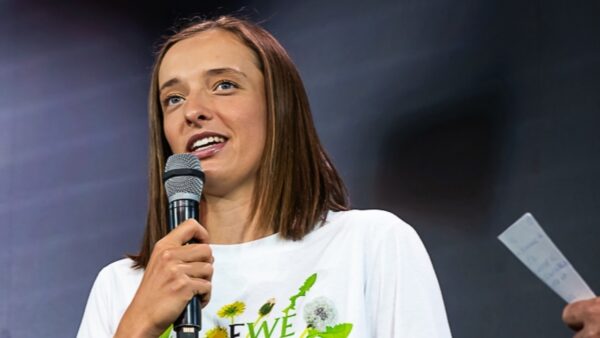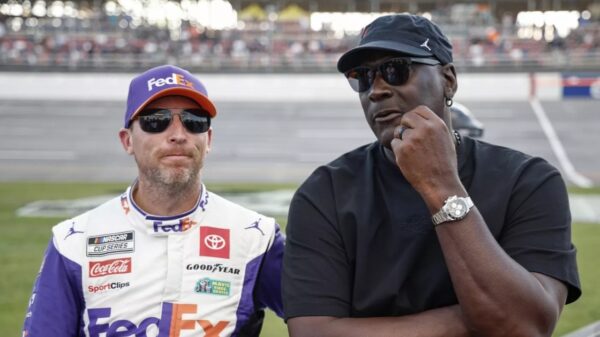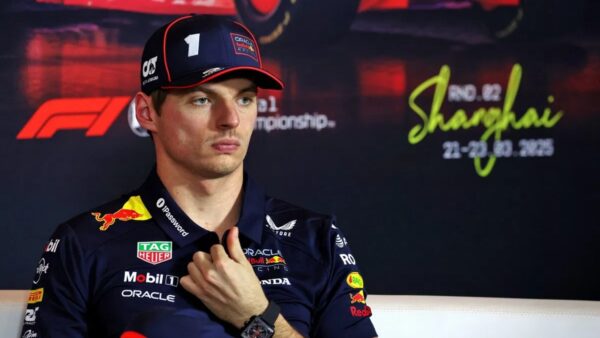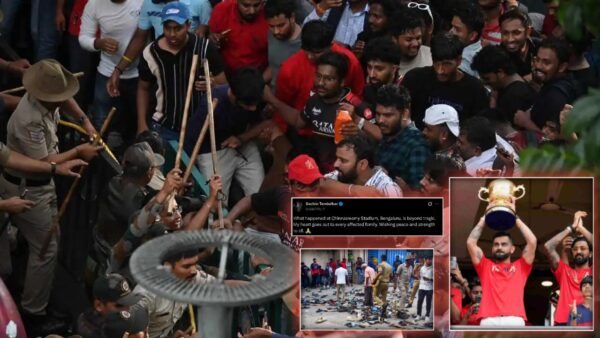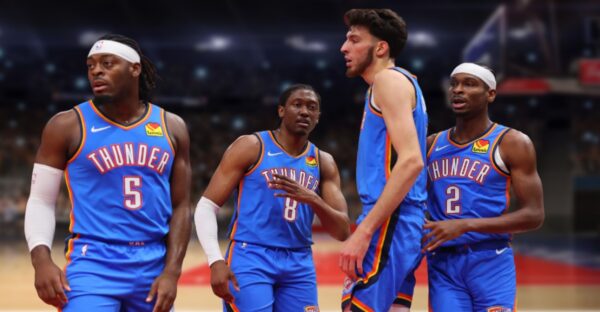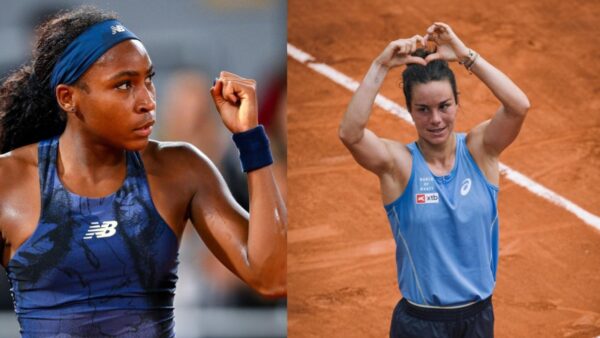The list of Formula 1 drivers with the most TV coverage in 2022 shows a massive disparity on the grid
Formula 1 coverage largely focuses on top teams and famous drivers and almost disregards the rest of the grid.
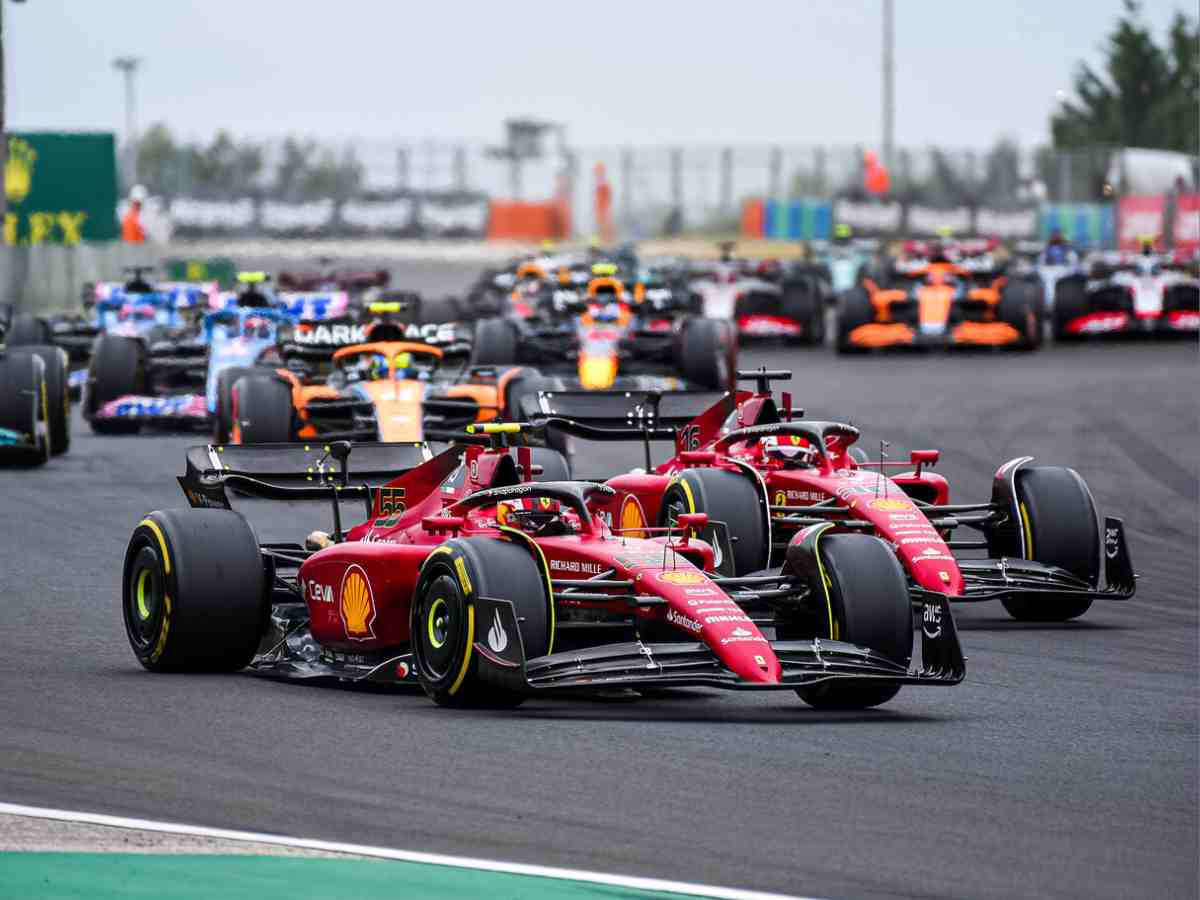
2022 Hungarian Grand Prix
Formula 1 is a global sport. Thousands of fans travel to various parts of the globe to attend an F1 Grand Prix. However, it is the Television broadcast that enables millions of fans to get a taste of this spectacle. Consequently, F1 teams and drivers need to get enough coverage in the footage for the viewers. Additionally, more coverage allows a team to lure in sponsors for a more lucrative deal.
Although, the disparity has always existed in Formula 1 broadcasts. The frontrunners usually get a lot more TV time than their rivals in the back of the field. Unsurprisingly, the list for the 2022 F1 coverage reveals a similar phenomenon. However, it is not Max Verstappen at the number 1 spot this year. As Ferrari’s Charles Leclerc takes the crown after being featured in 13.7% of the total content.
Lewis Hamilton is perhaps the present Formula 1 icon. Thus, despite not winning a single Grand Prix in 2022, Hamilton was still featured in 11.6% of the F1 broadcasts. Max Verstappen dominated F1 in 2022, winning a record-breaking 15 races throughout the year. Although, this stellar season only provided the Dutchman 11.6% of the coverage, on par with Lewis.
Also Read: Delving into the Force India livery that never raced in F1
Daniel Ricciardo and Sebastian Vettel got more F1 coverage than Sergio Perez and Carlos Sainz
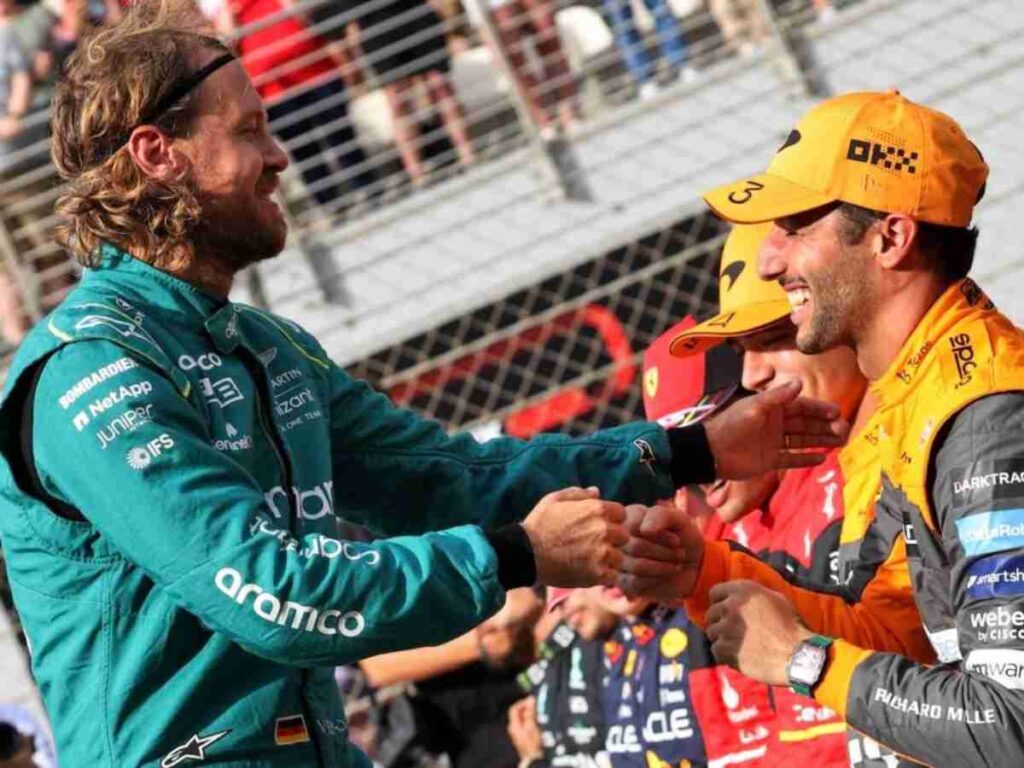
Mercedes F1 team’s George Russell takes up the next spot with 10% while Lando Norris rounds up the top 5 with 9.4% of the coverage. Surprisingly, it is Daniel Ricciardo at the sixth spot, getting featured in 6.1% of the Formula 1 broadcast. Despite Danny’s below-par performances that year. Sebastian Vettel may have been at the back of the grid in his final F1 season. Yet, Vettel’s grand fanbase ensured that the German stayed in 5.2% of the broadcast.
Similarly, Fernando Alonso took up eighth place with 4.9% of Formula 1 TV coverage. Ferrari’s Carlos Sainz and Red Bull’s Sergio Perez got lower coverage than Alonso with 4.85 and 4.5% respectively. The two round up the top 10 despite having been at the front of the grid. Esteban Ocon is the only other driver to have a percentage higher than 4 at the eleventh spot.
The rest of the grid was not as lucky for getting featured on Formula 1’s content. So much so, that drivers like Lance Stroll, Valtteri Bottas, and Nicholas Latifi were part of less than a single percent of the total coverage. This figure is alarming as it demonstrates how Formula 1 gives preference to the top teams and popular faces when it comes to coverage on broadcasts.
Thus, Formula 1’s coverage can be alleged to be biased toward certain drivers that ensure a higher audience. Certainly, the reason behind this preference is commercial gains. A larger audience ensures higher funds from TV rights. Though, this comes at the cost of inadequate representation of others which can be deemed unethical. Perhaps some food for thought for fans.
Also Read: How long is a Formula 1 race?
Also Read: Who knighted Sir Lewis Hamilton?

